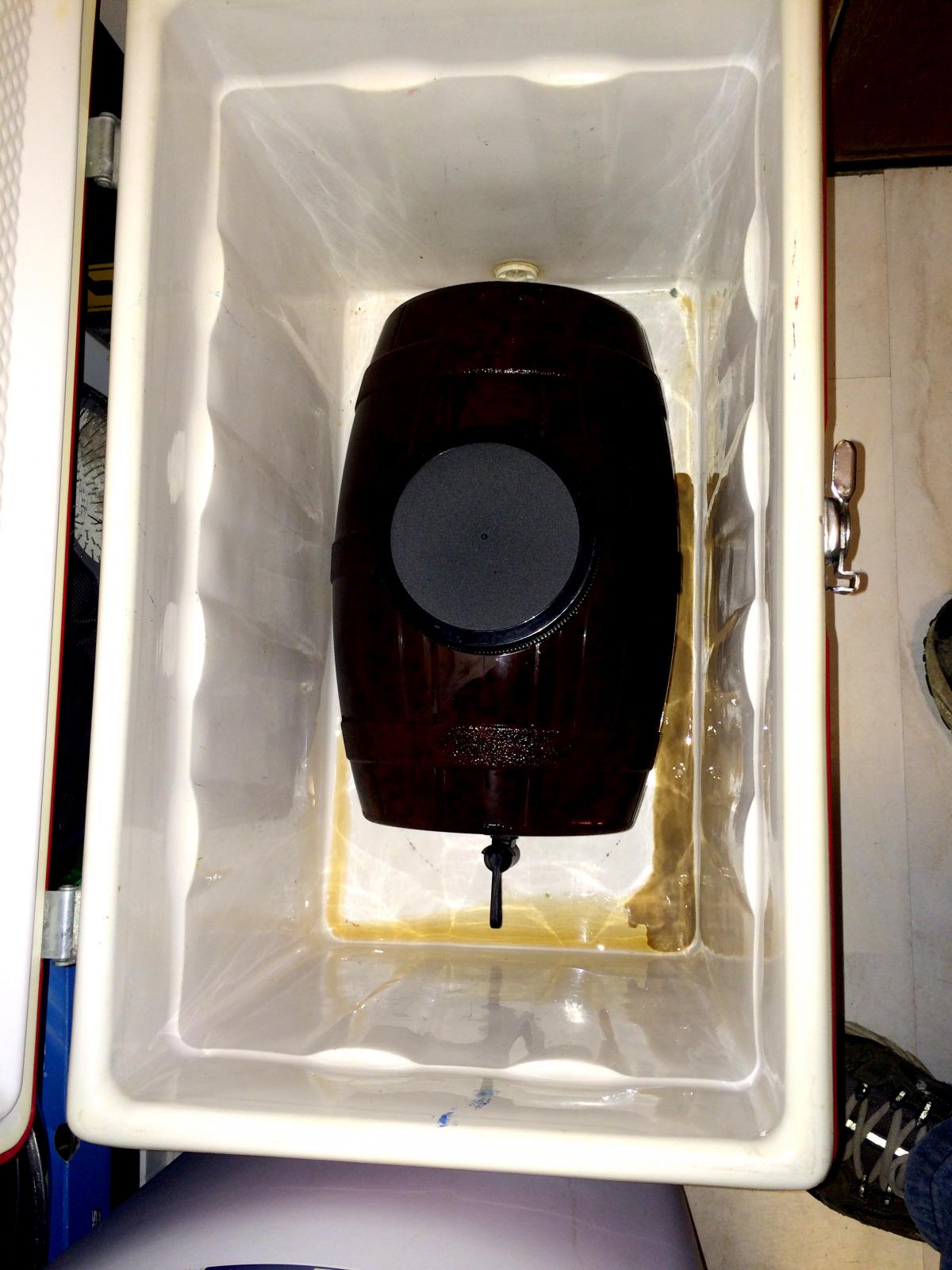BrewinBromanite
Well-Known Member
I opened one a few minutes ago, (carbing 4 days so far), not much of a pop when it was opened, but after about 5 seconds the "foam volcano thing" happened. The OG was 1.050, FG before adding the DME for carbonating was 1.010, it is now 1.017. Kinda tastes like a Guinness stout.
Will the "foam volcano thing" go away in the next couple of weeks of carbination. Any thoughts.
The one batch I way over carbed started off exactly like this scenario. Had a couple less than adequately carbed batches, so bumped it up. Unfortunately, there's some pretty big variance in fermentables with different DME brands, as shown on the calculator, so you're flying somewhat blindly not having Briess specifically on the list. My batch did the volcano thing pretty early on. I had a mix of regular mixed brand 12 is bottles as well as grolsch swing tops. They all ended up exploding in a pretty violent manner after several weeks. Not trying to scare you, and you may be fine, but I would be very cautious. My recommendations are try them frequently. If they are already gushing, I'd suggest placing a few in the fridge for at least 48 hours to let the c02 absorb, and see how the carbonation's coming along. If it's decent, I'd consider throwing them all in the fridge at that point, and be very careful opening them.
Again - not trying to scare you, but bottle bombs are real and very dangerous.






